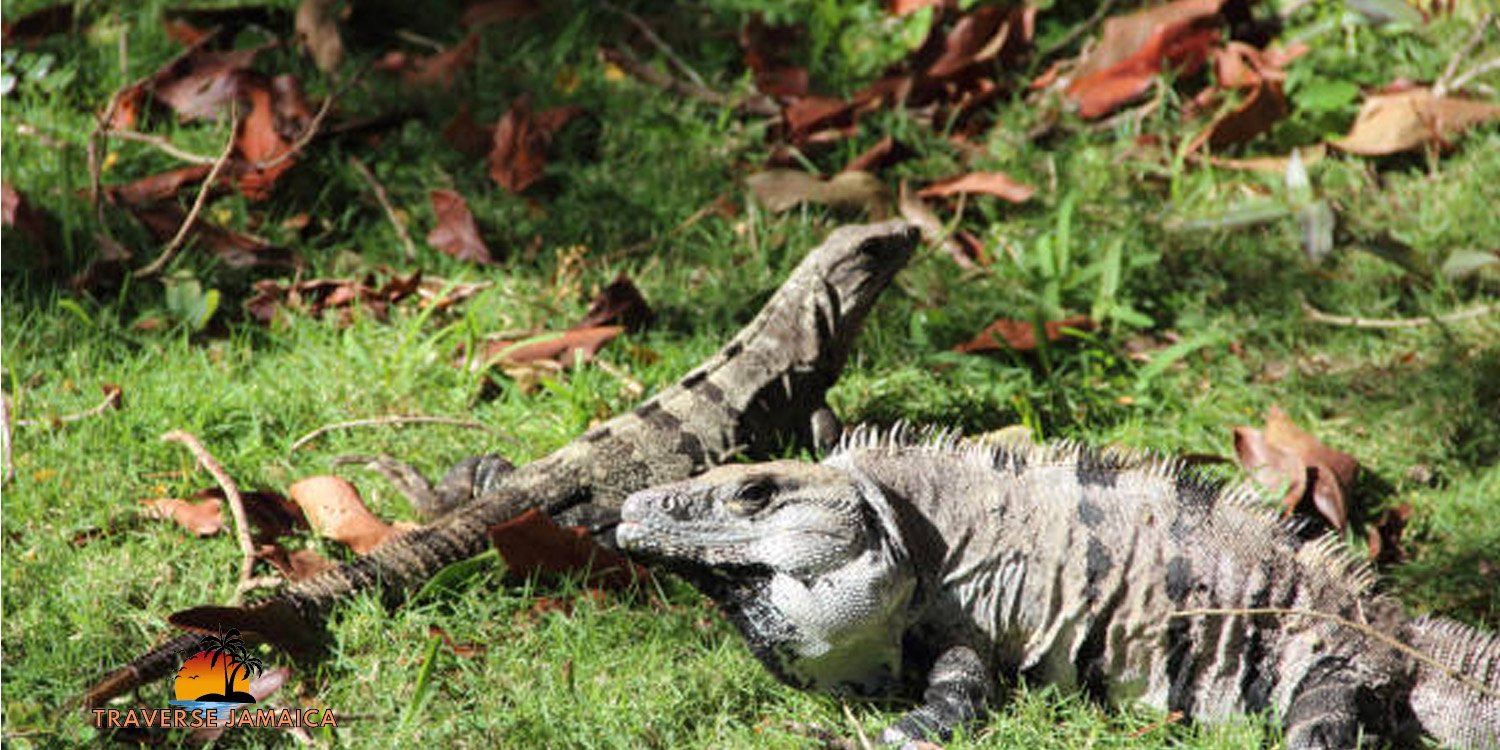Jamaica, known for its vibrant culture and stunning landscapes, is also home to a unique and majestic reptile—the Jamaican Iguana (Cyclura collei). Once thought to be extinct, this remarkable creature has become a symbol of resilience and the focus of intensive conservation efforts. In this article, we explore the fascinating story of the Jamaican Iguana, the challenges it faces, and the dedicated efforts to ensure its survival.
The Jamaican Iguana is one of the largest native land animals in Jamaica. Distinguished by its vibrant coloration and robust build, this iguana has become a symbol of the island’s natural heritage. Despite its impressive presence, the Jamaican Iguana’s journey has been fraught with challenges, primarily due to habitat loss and predation by invasive species.
History and Rediscovery
Historical Decline
Historically, the Jamaican Iguana was widespread across the island. However, by the mid-20th century, it was believed to be extinct due to extensive habitat destruction and predation by introduced species such as cats, dogs, and the Indian mongoose.
Rediscovery in 1990
In a remarkable turn of events, the Jamaican Iguana was rediscovered in 1990 in the remote Hellshire Hills by a local hunter. This discovery spurred a wave of excitement and concern among conservationists, leading to the establishment of focused conservation efforts to save this critically endangered species.
Habitat and Lifestyle
Natural Habitat
The Jamaican Iguana primarily inhabits the dry limestone forests of the Hellshire Hills. These forests provide the essential conditions for their survival, including rocky outcrops for basking and dense vegetation for foraging.
Behavior and Diet
Jamaican Iguanas are primarily herbivorous, feeding on leaves, flowers, and fruits. They are also known for their burrowing behavior, creating intricate tunnel systems that serve as shelter and nesting sites.
Conservation Challenges
Habitat Destruction
One of the most significant threats to the Jamaican Iguana is habitat destruction. Deforestation and land development have drastically reduced their natural habitat, making it difficult for the iguanas to find suitable living conditions.
Invasive Species
Invasive species, particularly the Indian mongoose, pose a severe threat to the Jamaican Iguana. Mongooses prey on iguana eggs and juveniles, significantly impacting the population’s ability to recover.
Conservation Efforts
Jamaican Iguana Recovery Group (JIRG)
The Jamaican Iguana Recovery Group (JIRG) was established to coordinate conservation efforts. This group includes local and international organizations, government agencies, and dedicated researchers working collaboratively to save the iguana.
Captive Breeding Programs
Captive breeding programs have been crucial in increasing the population of Jamaican Iguanas. The Hope Zoo in Kingston plays a vital role in breeding and reintroducing iguanas into the wild, helping to bolster the wild population.
Habitat Protection
Efforts to protect and restore the iguana’s natural habitat are ongoing. The designation of protected areas and the implementation of habitat restoration projects aim to create a safer and more sustainable environment for the iguanas.
Community Involvement
Community involvement is essential for the success of conservation initiatives. Educational programs and local engagement activities help raise awareness about the importance of preserving the Jamaican Iguana and its habitat.
Success Stories and Future Goals
Population Recovery
Thanks to dedicated conservation efforts, the population of Jamaican Iguanas has shown signs of recovery. From a handful of individuals in the early 1990s, the population has grown, with several successful reintroductions into protected areas.
Long-Term Goals
The long-term goals for Jamaican Iguana conservation include further habitat protection, continued research, and expanding breeding programs. Ensuring the species’ survival will require ongoing commitment and collaboration from all stakeholders.
Conclusion
The story of the Jamaican Iguana is one of resilience and hope. Through dedicated conservation efforts, this once nearly extinct species has a fighting chance for survival. By continuing to protect their habitat and addressing the threats they face, we can ensure that the majestic Jamaican Iguana remains a vibrant part of Jamaica’s natural heritage for generations to come.
By highlighting the challenges and triumphs in the conservation of the Jamaican Iguana, this article aims to raise awareness and inspire action to protect this incredible species. The efforts of conservationists and the involvement of local communities demonstrate that with determination and collaboration, we can make a difference in preserving our planet’s biodiversity.









